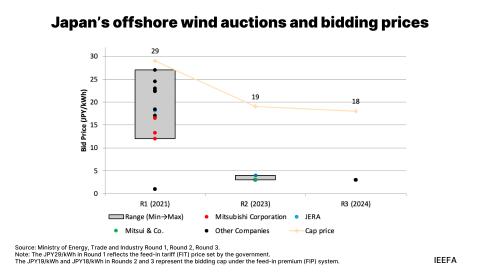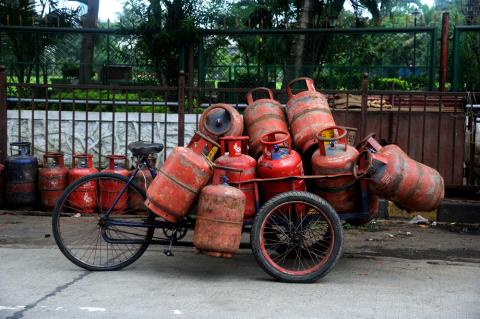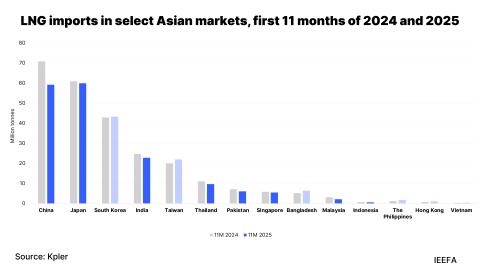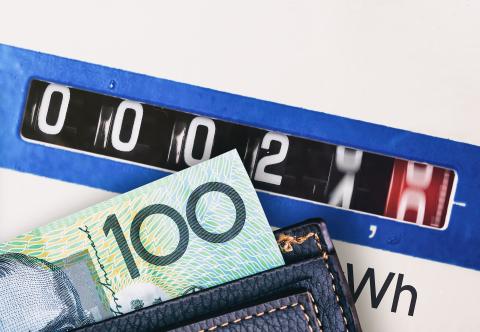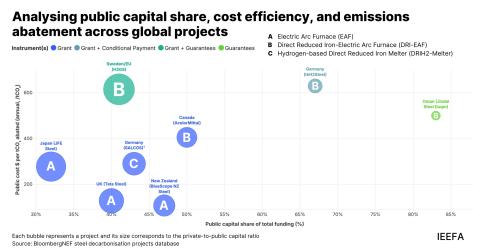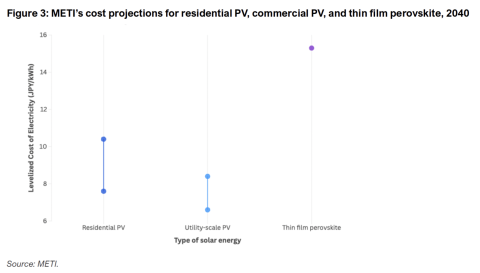Transforming Indonesia's coal dependence into clean energy opportunities
Download Full Report
View Press Release
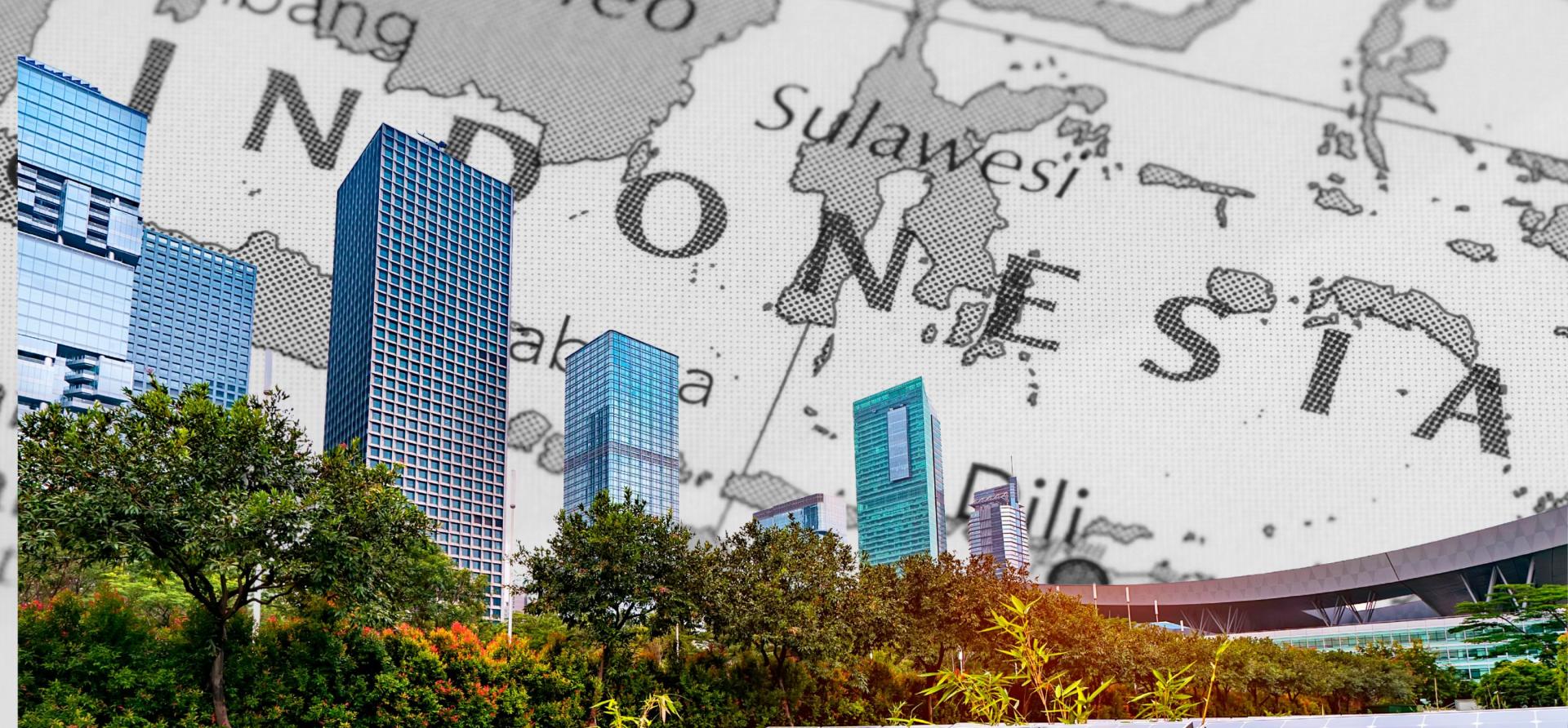
Key Findings
Indonesia’s electricity system faces oversupply, aging infrastructure, and underutilized coal-fired power plants (CFPPs). Maintaining inefficient coal assets burdens the national utility, PT Perusahaan Listrik Negara (PLN), with high maintenance costs and long-term contracts with Independent Power Producers. As a result, government subsidies and compensation to PLN increased by 24% in 2024 to USD11 billion, accounting for 5% of the national budget.
Indonesia’s Presidential Regulation No. 112/2022 and Ministry of Energy and Mineral Resources (MEMR) Regulation No. 10/2025 lay the legal and strategic foundation for early retirement of CFPPs, yet implementation remains slow. Unclear retirement pathways, limited asset data, and complex Power Purchasing Agreements (PPAs) continue to delay the coal phase-out.
Various business models tailored to Indonesia’s unique asset landscape can address the financial and operational complexity associated with the acceleration of CFPP retirement. These include asset divestment, public-private partnerships (PPPs), and blended finance structures that align incentives for public and private stakeholders. Transition credits also offer promising instruments to address the financial gap in early coal retirement.
Danantara, Indonesia’s newly established sovereign wealth fund, can drive PLN portfolio optimization by leading CFPP retirement or repurposing through identifying eligible assets, standardizing retirement pathways, and ensuring that just transition principles, such as workforce reskilling and community support, are embedded in every phase-out plan.
Executive Summary
Indonesia’s coal phase-out is no longer a policy aspiration, but a strategic and economic necessity. The country’s electricity system is burdened by oversupply, aging infrastructure, and underutilized coal-fired power plants (CFPPs), many of which operate far below optimal capacity. Despite previous ambitious expansion plans, actual demand growth has lagged, resulting in reserve margins exceeding 39%, which is significantly higher than the national electricity utility, PT Perusahaan Listrik Negara’s (PLN) own standards.
The oversupply has created cascading inefficiencies in Indonesia’s grid. Between 2015 and 2024, the average capacity factor of on-grid CFPPs remained below 70%, indicating persistent underperformance across the fleet. In 2024, the national average utilization factor for CFPPs, combining assets owned by PLN and Independent Power Producers (IPPs), was approximately 65%. Even IPP-owned assets operating under take-or-pay power purchase agreements (PPAs) with PLN, which require delivering at least 80% of installed capacity, have failed to meet this condition. Over the past three years, IPP-owned CFPPs have operated at a utilization rate below 70%, highlighting a persistent gap between contracted capacity and actual output.
These inefficiencies result in a growing financial burden for both PLN and the Government of Indonesia (GOI). While coal has long been viewed as cost-effective, its generation cost has risen sharply, from IDR637 per kilowatt-hour (kWh) in 2020 to IDR941/kWh in 2024, marking a 48% increase attributed to aging infrastructure and rising operational, maintenance, and compliance costs. This has occurred despite the government’s policy caps on the price of coal at below-market cost.
Under existing PPAs, PLN remains obligated to pay IPPs as if the plants were operating at the full contracted capacity factor, regardless of actual output. This difference creates a financial gap between the electricity PLN pays for and what is actually delivered, costing the utility an estimated IDR33 trillion (USD2 billion) annually to maintain IPP contracts.
This fiscal strain is growing. In 2024, government allocations for subsidies and compensation surged by 24% from IDR142 trillion (USD9 billion) in 2023 to IDR177 trillion (USD11 billion), representing a staggering 33% of PLN’s total revenue. In stark contrast, electricity sales increased by only 6%, from IDR333 trillion to IDR353 trillion, highlighting the widening gap between system costs and revenue generation.
However, apart from the financial and technical aspects, retiring coal plants also involve social and economic transformations. Retiring these assets without adequate planning risks triggering job losses, economic disruption, and social dislocation. Repurposing coal assets offers a practical and socially responsible pathway forward.
Frameworks such as the Energy Transition Mechanism (ETM) by the Asian Development Bank (ADB) and the Just Energy Transition Partnership (JETP) offer promising financial support, but implementation has been slow. Projects like the proposed retirement of Cirebon-1 CFPP illustrate the challenges of navigating regulatory, contractual, and financing hurdles. Unlocking private sector participation, particularly for state-owned assets, requires viable and replicable models that balance risk, return, and policy alignment.
A range of business models tailored to Indonesia’s unique asset landscape can help address the financial and operational complexity associated with the early retirement of coal plants. These include asset divestment, public-private partnerships (PPPs), and blended finance structures that align incentives across public and private stakeholders. Transition credits also offer a promising mechanism to close the financing gap and compensate for foregone revenues associated with early retirement.
Daya Anagata Nusantara (Danantara), Indonesia’s newly established sovereign wealth fund under Law No. 1 of 2025, is poised to play a catalytic role. With a mandate to manage state-owned assets and mobilize investment, Danantara is uniquely positioned to accelerate the coal phase-out and the implementation of the Ministry of Energy and Mineral Resources (MEMR) Regulation No. 10/2025 by identifying eligible assets, standardizing retirement and repurposing pathways, and ensuring that just transition principles, such as workforce reskilling and community support, are embedded in every phase-out plan. With suitable institutional support and financial tools, Danatara could transform coal assets from stranded liabilities into launchpads for Indonesia’s clean energy future.


